Moles are intriguing creatures that spend much of their lives underground. With their velvety fur, tiny eyes, and remarkable digging abilities, moles are fascinating subjects for kids to learn about and color. Their unique appearance and behavior make them a delightful addition to any collection of coloring pages.
In this blog post, we present 10 mole-themed coloring pages designed to engage and inspire young artists. Each page captures the essence of these subterranean mammals, offering a fun way for children to express their creativity. Along with these pages, we’ve included some interesting facts about moles to enhance the coloring experience and expand children’s knowledge about these amazing animals.
Age Range: Who Can Enjoy These Coloring Pages?
Our mole coloring pages are suitable for children across a range of ages. Here’s a guide to who can benefit from these pages:
Toddlers (Ages 2-4)
For toddlers, we provide simple, bold outlines of moles. These pages are designed to help them develop fine motor skills and familiarize themselves with basic shapes and features of moles.
Preschoolers (Ages 4-6)
Preschoolers will enjoy slightly more detailed illustrations of moles that encourage them to use a variety of colors and practice coloring within the lines. These pages support the development of hand-eye coordination and foster creativity.
Early Elementary (Ages 6-8)
Children in early elementary school will find more intricate mole designs that challenge them to experiment with color patterns and techniques. These pages are great for improving concentration and attention to detail while providing a fun and engaging artistic activity.
Older Kids (Ages 8-12)
Older kids will appreciate complex and detailed mole illustrations that offer opportunities for advanced coloring techniques such as shading and blending. These pages are designed to engage and stimulate older children, providing both a creative challenge and enjoyment.
Fun Facts About Moles
As your child colors these mole-themed pages, share these fascinating facts about moles to enhance their learning experience:
- Moles are expert diggers. Moles have powerful, spade-like front paws that are adapted for digging. They create extensive underground burrow systems to find food and build their nests.
- Moles have poor eyesight. Moles have very small eyes and poor vision, as they spend most of their time underground. Instead, they rely on their other senses, particularly their sense of touch, to navigate and find food.
- Moles have velvety fur. Their fur is soft and velvety, which helps them move smoothly through their burrows. This specialized fur also reduces friction and keeps dirt from sticking.
- Moles are insectivores. Moles primarily eat insects and other invertebrates, such as earthworms, grubs, and beetles. Their diet helps control insect populations in their habitats.
- Moles have a unique feeding technique. Moles use their sensitive snouts to detect prey in the dark and have specialized muscles in their jaws for quickly grabbing and eating insects.
- Moles are solitary animals. Moles usually live alone, except during mating season or when a mother is raising her young. They are territorial and may fight with other moles to protect their burrows.
- Moles have a high metabolic rate. Because they are constantly active and need to dig for food, moles have a high metabolism and need to eat large amounts of food daily to maintain their energy levels.
- Moles create distinctive molehills. When digging, moles push soil to the surface, creating noticeable molehills. These hills can sometimes cause problems for gardeners and farmers.
- Moles have a keen sense of touch. Moles use their sensitive snouts and whiskers to feel their way through their dark underground tunnels and to detect prey.
- Moles play a role in the ecosystem. By aerating the soil through their digging activities, moles help improve soil structure and fertility. Their burrows can also provide homes for other small animals.
- Moles have a specialized dental structure. Moles have sharp, peg-like teeth that are adapted for catching and eating insects. Their teeth are well-suited for their insectivorous diet.
- Moles can be found in various habitats. They inhabit a range of environments, including woodlands, grasslands, and gardens. Their burrowing habits make them adaptable to different landscapes.
- Moles have a distinctive appearance. They are small, with cylindrical bodies, short legs, and a pointed snout. Their appearance is well-adapted to their subterranean lifestyle.
- Moles have a relatively short lifespan. In the wild, moles typically live for 2-3 years, although some may live up to 4 years. Their short lifespan is due in part to their high metabolic rate and the risks they face in their environment.
- Moles have been featured in literature and media. Moles are often depicted in stories and cartoons, such as the beloved character Mole from “The Wind in the Willows.” These representations highlight their endearing qualities and unique lifestyles.
- Moles are not rodents. Despite their similar appearance, moles are not rodents. They belong to the order Eulipotyphla, which includes other insectivores like shrews and hedgehogs.
- Moles use their tails for balance. Their tails, though not very long, help them maintain balance while digging and moving through their burrows.
- Moles have a low reproductive rate. Female moles typically give birth to a small litter of 2-7 young. The young are born blind and hairless and rely on their mother for care and protection.
- Moles have a unique method of navigating. They use a combination of touch, smell, and vibrations to navigate their underground tunnels and find their way back to their nests.
- Moles are not harmful to humans. While they can be a nuisance in gardens, moles do not pose a threat to humans. They are shy and prefer to avoid contact with people.
Mole Coloring Page 1 for Kids

Mole Coloring Page 2 for Kids
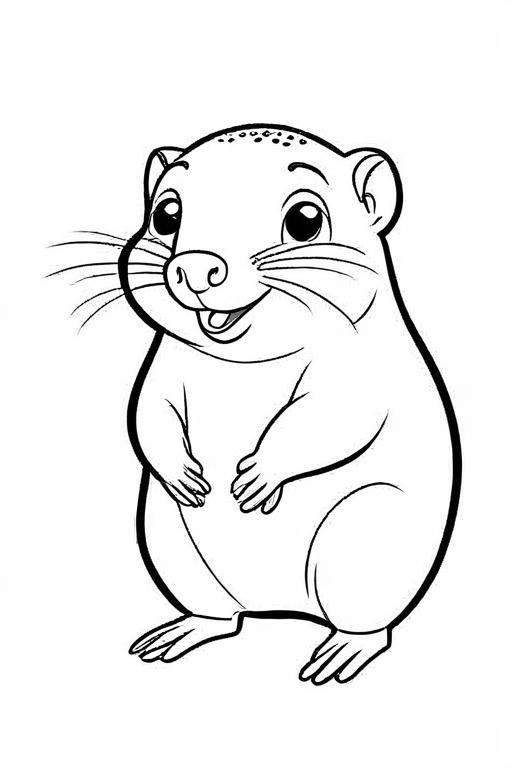
Mole Coloring Page 3 for Kids
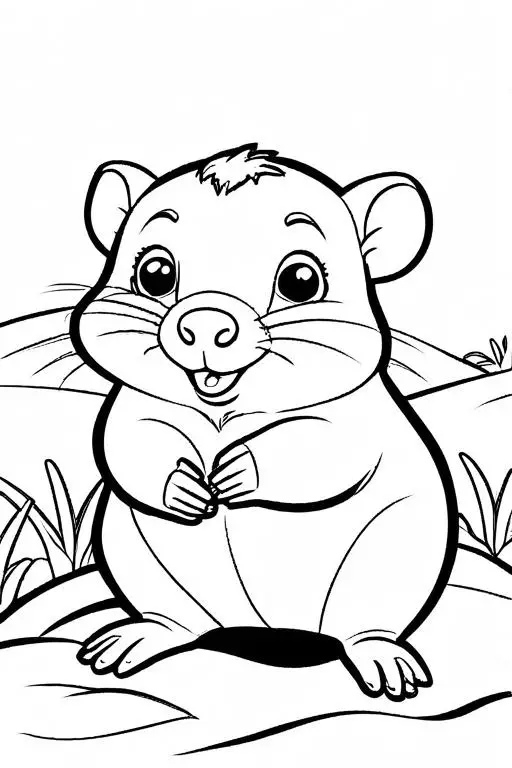
Mole Coloring Page 4 for Kids

Mole Coloring Page 5 for Kids
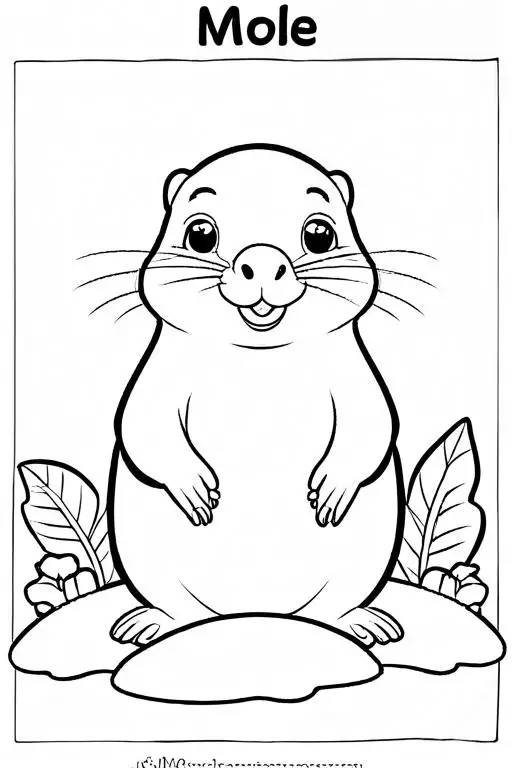
Mole Coloring Page 6 for Kids
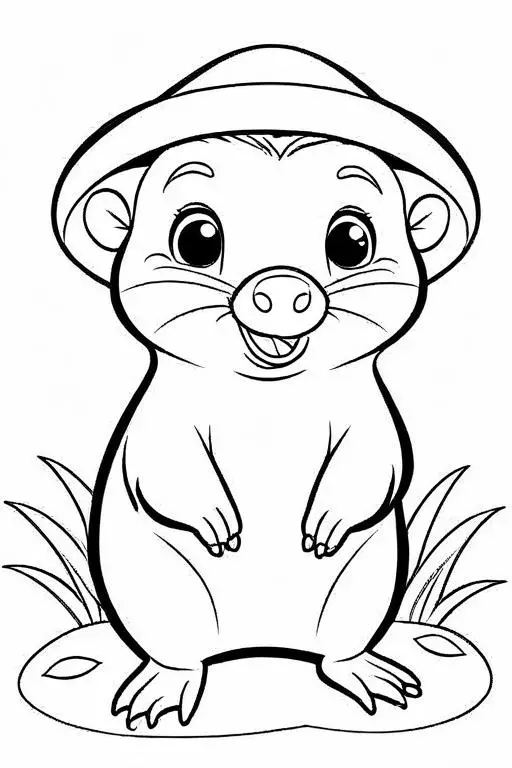
Mole Coloring Page 7 for Kids

Mole Coloring Page 8 for Kids

Mole Coloring Page 9 for Kids

Mole Coloring Page 10 for Kids

Mole Coloring Page 11 for Kids
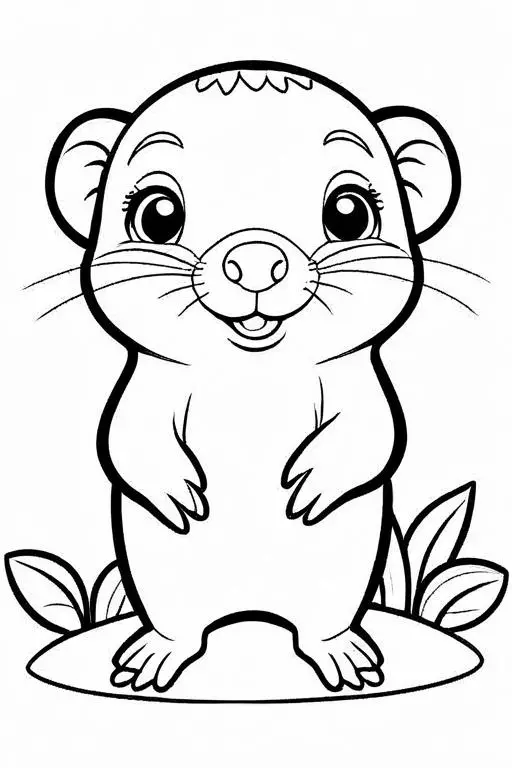
Mole Coloring Page 12 for Kids

Mole Coloring Page 13 for Kids

Mole Coloring Page 14 for Kids
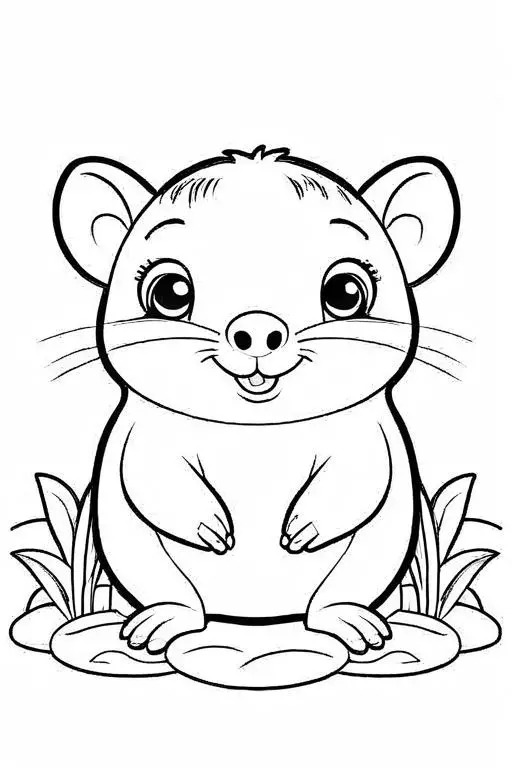
Mole Coloring Page 15 for Kids

Conclusion
Moles are fascinating creatures with unique adaptations that make them well-suited for their subterranean lifestyle. These 15 mole-themed coloring pages offer a fun and educational way for children to explore their artistic talents while learning about these intriguing animals.
Whether your child is just beginning to enjoy coloring or is an experienced artist, these pages provide both a creative outlet and an opportunity to gain a deeper appreciation for one of nature’s remarkable burrowers. So, grab your coloring supplies and let your child embark on a colorful adventure with moles. As they color, they’ll not only enhance their artistic skills but also learn more about the fascinating world of these subterranean mammals.




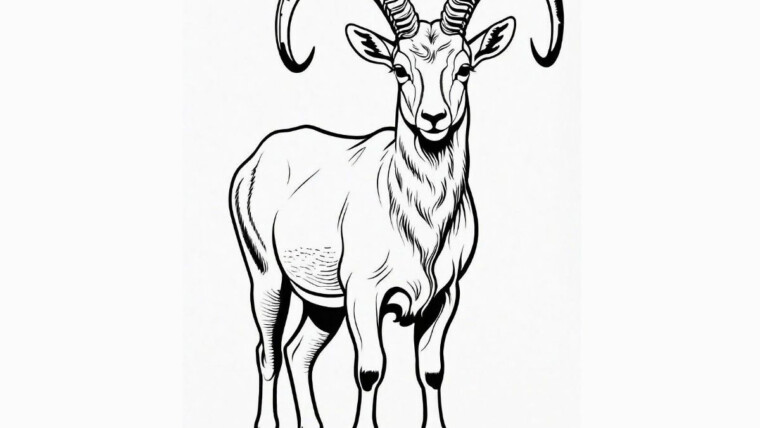
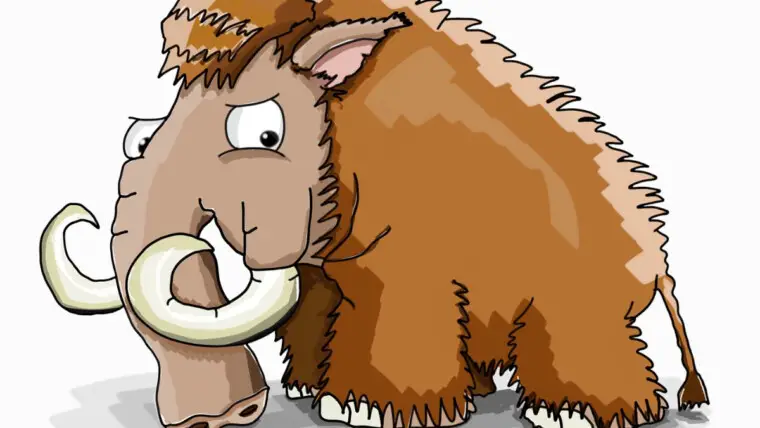

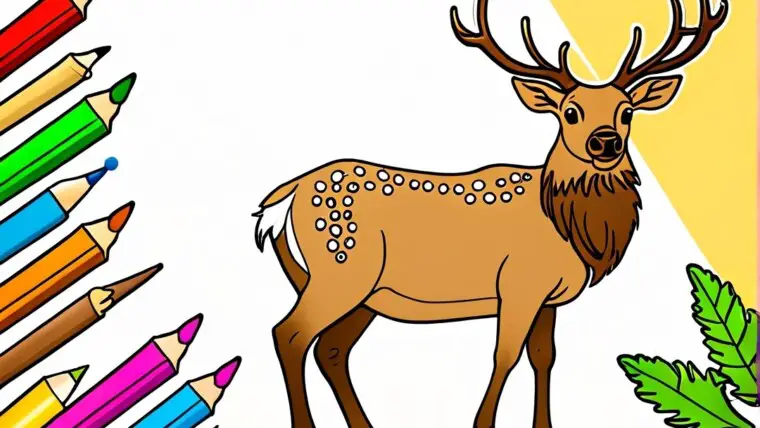
Maze Rampage Kids Activity Books: Unlock Fun and Learning for Toddlers and Preschoolers!
Engage Your Creative Mind with 2,500+ Free Adult Coloring Pages
100 Wasp Coloring Pages For Kids
48 Termite Coloring Pages For Kids